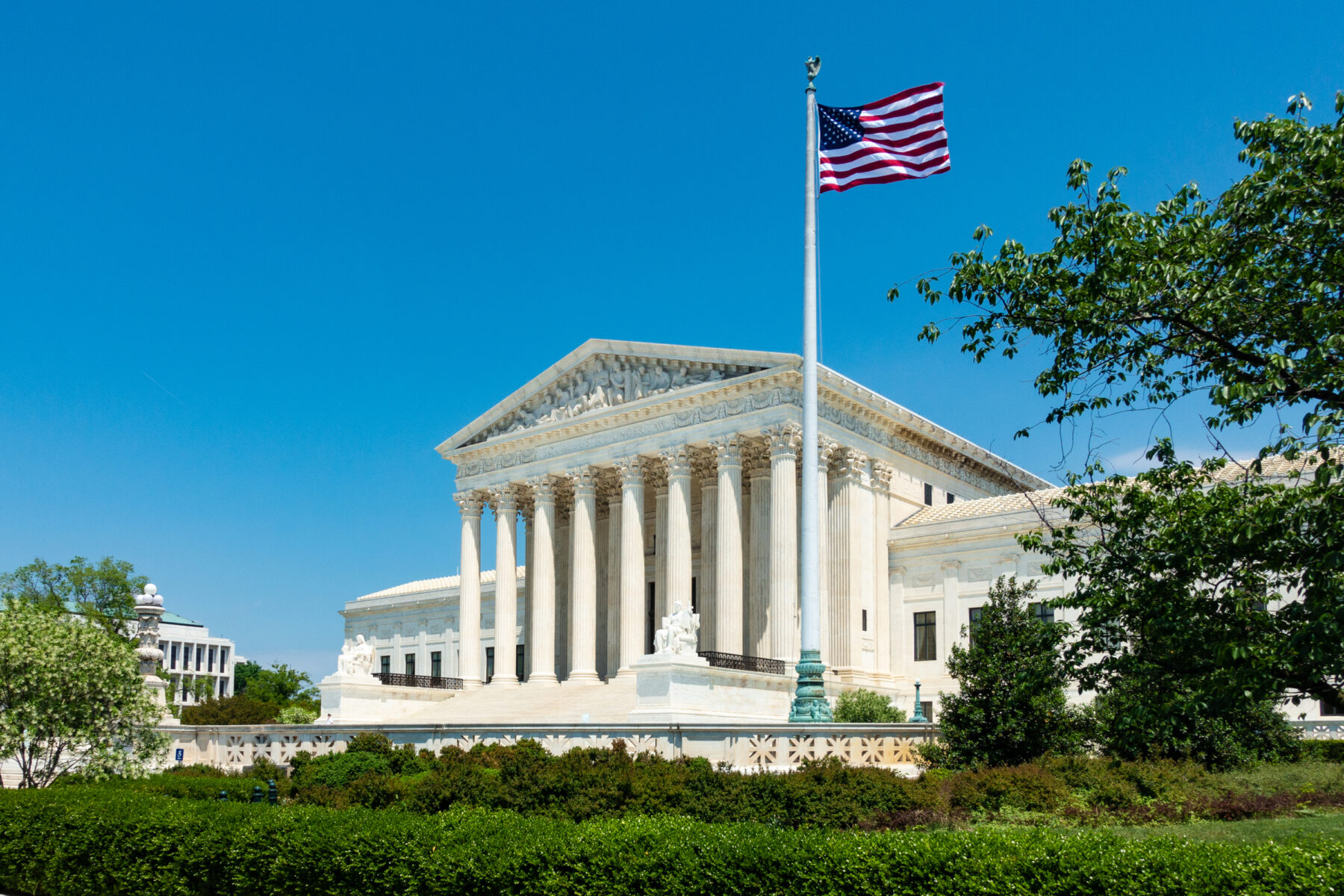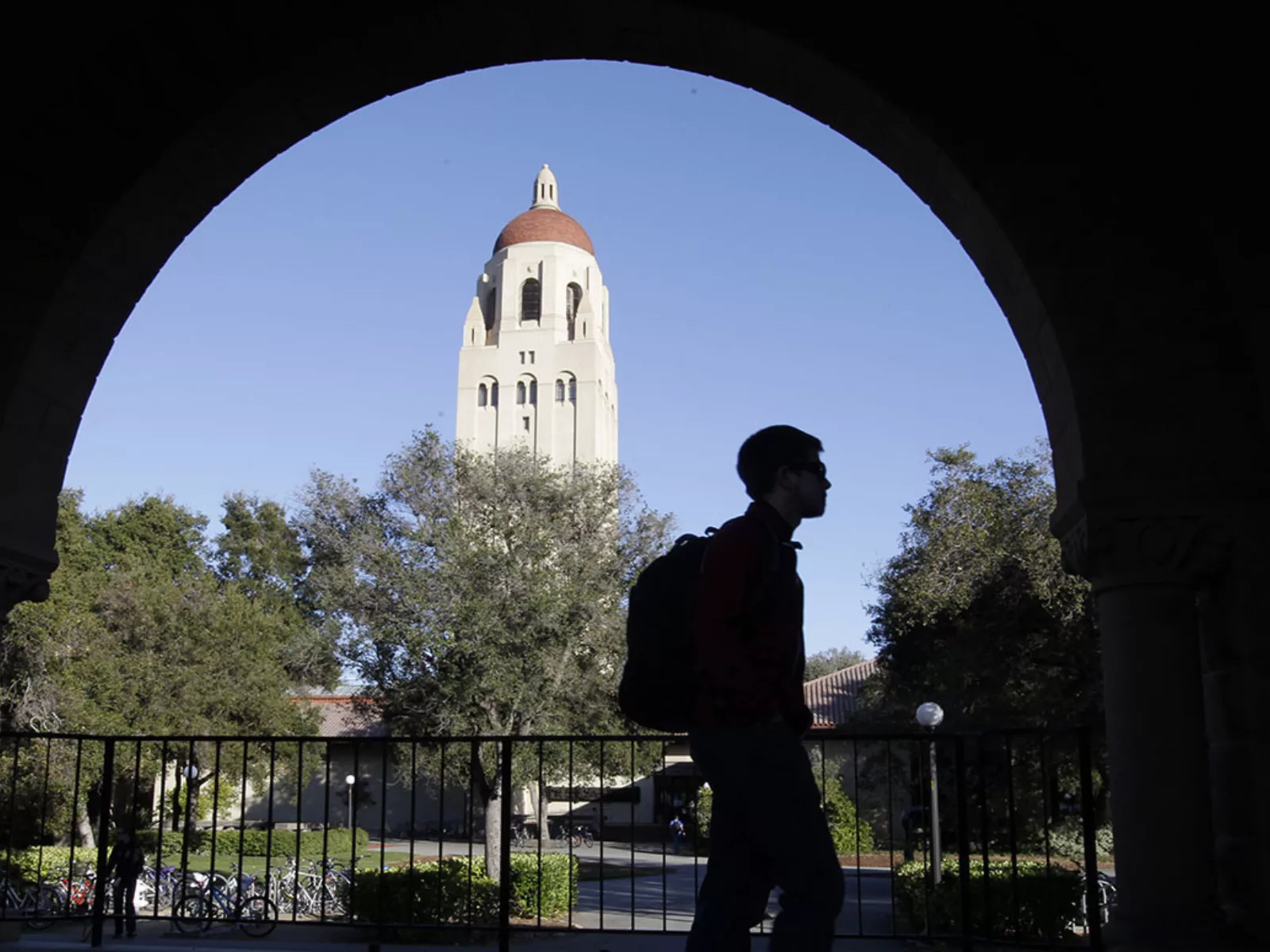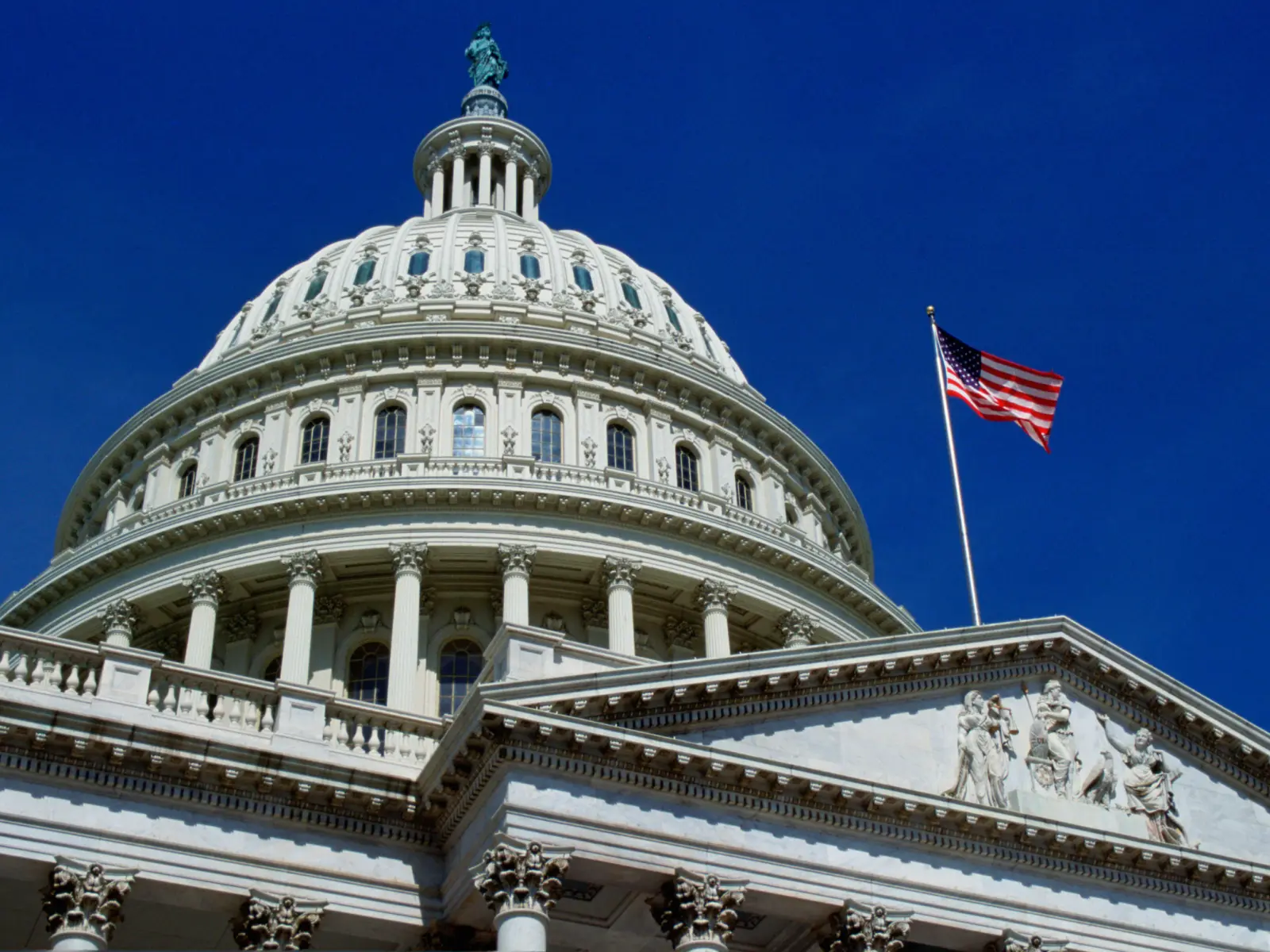Yesterday, Arnold Ventures Executive Vice President of Public Finance George Callas and University of Florida Levin College of Law Professor Mindy Herzfeld submitted an amicus brief in support of the government in the case Moore v. United States. In the brief, Callas, who served as senior tax counsel to then-Speaker of the House Paul Ryan and played a key role in drafting the international tax provisions being challenged, discusses relevant legislative history, function, and rationale behind the changes.
The origin of the case began in 2006, when Charles and Kathleen Moore invested $40,000 into a company called KisanKraft, started by their friend and former Microsoft colleague Ravi Agrawal. The company builds and sells power tools to small-scale farmers in India. Over time, the company grew to encompass a network of 3,000 equipment dealers, 16 offices, 14 services centers, and 12 warehouses across India, selling 380 different machines, tools, and parts. The Moores received regular updates on the growth, profits, and success of KisanKraft over the years, but claimed they did not get any returns on their initial $40,000. Profits from the company were re-invested. Contrary to this claim, however, recent examination of the company’s financial records has revealed that the couple also provided multiple rounds of 60-day cash injections, totaling over $500,000, and received “interest” upon repayment.
However, KisanKraft was making money from the Moores’ investment. So, when Congress enacted sweeping changes to the international tax system in 2017, the Moores discovered in 2018 that they owed the IRS $15,000 on their share of profits earned by the growing company because of a one-time inclusion in taxable income of deferred profits earned by U.S.-controlled companies outside the United States, also known as a “deemed repatriation.” The Moores claim they were shocked to receive the bill from the IRS, as they claimed they hadn’t received any money back from their initial investment, despite the fact that the company was making profits each year. After mulling it over, they decided to argue the tax bill to be in violation of the Sixteenth Amendment of the United States Constitution, which gives Congress the power to levy an income tax. The Moores argued they had not received income. They took their constitutional challenge to the deemed repatriation to the U.S. Western District Court of Washington, which ruled in favor of the government, and then appealed to the Ninth Circuit, which affirmed the prior decision (while making broad statements about the constitutionality of taxing unrealized gains). So, the Moores appealed to the Supreme Court.
Upending the Tax Code
If the Supreme Court declares the Moores’ $15,000 tax on deferred profits unconstitutional, 20 U.S. companies could get tax rebates totaling $165 billion, including seven large pharmaceutical companies, who could receive nearly $46 billion. This is a sizeable loss for the U.S. public and gain for multinational corporations. The much bigger issue is that the Moores’ logic of what is and isn’t taxable income could then be applied broadly to eviscerate other areas of the tax code, costing the country far, far more. Large swaths of the U.S. tax code rest on the constitutionality of the Sixteenth Amendment, which allows for the U.S. government to collect income tax from individuals. Should the Court construe this amendment to impose a strict realization requirement, the United States’ long term fiscal stability could be compromised.
In addition, the case has received attention from another contingent who want the Court to preemptively rule a wealth tax (and other taxes on unrealized gains) unconstitutional. Because the Court does not issue advisory opinions on proposals that Congress has not yet enacted, however, these advocates have been left to try to analogize the deemed repatriation to a wealth tax.
When it comes to connecting the deemed repatriation provision to a wealth tax, however, the Moores and their supporters fail to differentiate between three distinct economic concepts:
- Wealth: The total estimated value of all assets and money (less liabilities) held by a household at a given point in time
- Unrealized gains (or losses): The appreciation (or depreciation) in value of an asset, such as a business, stock, or bonds
- Income/profit: The flow of money to a person or company as a result of selling goods, services, or assets
While all three of these concepts are interrelated (capital gains become income when a person sells an asset, income can increase wealth, etc.), they are distinct both in terms of definition and how we treat them in the tax code. In the case of the Moores, while they might not have personally received income, a corporation over which they exercise control (as defined by law since 1962) did receive income. Large shareholders are regularly taxed on income realized by foreign companies, but not by them personally.
That’s why the larger implications of the case on the tax code cannot be ignored. As George Callas said to Brian Faler in Politico, “We want to make sure that the court has some sense of the dramatic unintended consequences that could result from something they assume is about a narrower issue like a wealth tax.”
Read the Callas-Herzfeld amicus brief here.



















